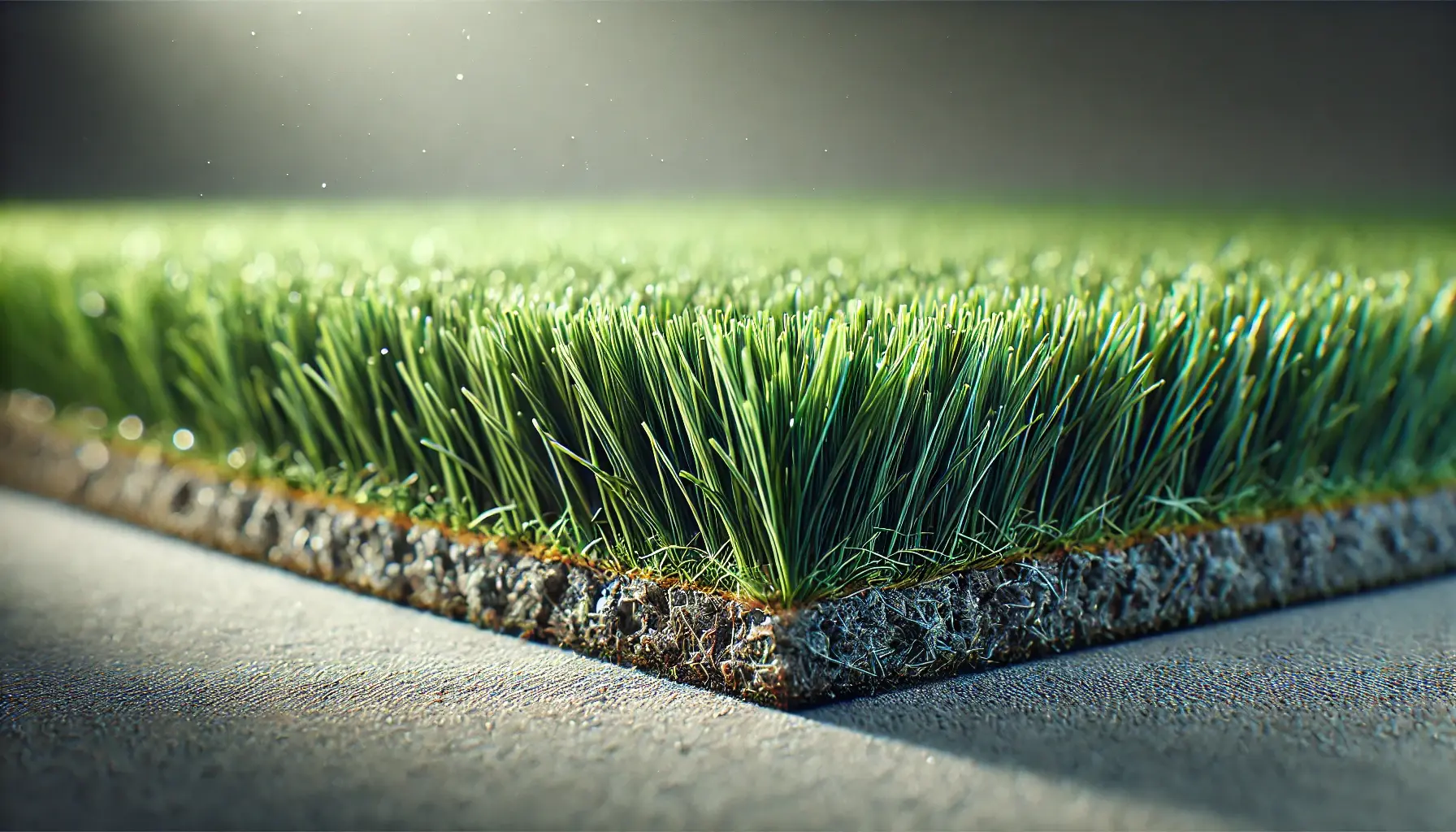Find the Top Turf Installation Phoenix AZ Solutions for Your Home or Business
Find the Top Turf Installation Phoenix AZ Solutions for Your Home or Business
Blog Article
Delve Into the Environmental Advantages of Opting for Synthetic Grass Solutions
The fostering of artificial lawn services provides an engaging opportunity to address pushing ecological obstacles. By substantially minimizing water usage and reducing the application of unsafe chemicals, these alternatives not only advertise sustainable landscape design but also secure local environments.
Water Preservation Advantages
One of the most considerable benefits of artificial lawn is its capacity to save water. In contrast, man-made turf does not require watering, considerably reducing the general need for water resources.
By removing the requirement for regular watering, artificial lawn adds to sustainable landscape techniques and assists minimize the ecological influence of extreme water intake. The preservation of water expands to the reduction of overflow, which can lead to dirt erosion and river contamination.
Additionally, the installment of man-made lawn allows homeowners and towns to designate water sources much more successfully, concentrating on vital usages such as drinking water and farming. The change towards man-made turf not only advertises responsible water usage however also aligns with wider environmental goals aimed at preserving natural deposits.
As neighborhoods significantly focus on sustainability, the water preservation benefits of synthetic grass offer an engaging case for its adoption in domestic and commercial landscape design tasks.
Reduced Chemical Use
The shift to artificial turf substantially lowers the reliance on chemical treatments frequently used in natural turf upkeep. Conventional grass administration typically includes the application of fertilizers, herbicides, and pesticides to promote growth and control parasites. These chemicals can posture dangers to human health and wellness, regional wildlife, and the environment, adding to dirt and water contamination.
In contrast, synthetic grass removes the need for these harmful materials. By minimizing the release of artificial substances into the ecosystem, man-made lawn advertises healthier soil and water systems.
Furthermore, the absence of chemical overflow related to man-made grass installments assists safeguard neighborhood waterways from air pollution, supporting water life and preserving biodiversity. Arizona turf. As communities increasingly focus on lasting methods, choosing artificial grass presents a sensible remedy that aligns with environmental preservation goals. Through this change, building proprietors can enjoy lush green spaces without compromising eco-friendly health and wellness, leading the means for an extra lasting future
Reduced Carbon Footprint

Moreover, the setup of fabricated grass can lead to significant water preservation. All-natural lawns need substantial quantities of water for watering, which not just includes in the carbon impact connected with water removal and treatment however additionally stress neighborhood water sources. In comparison, fabricated turf needs minimal maintenance, requiring no watering, consequently considerably decreasing water usage and its connected energy prices.
In addition, the longevity of synthetic grass adds to its lower carbon impact. With a lifespan of up to 15 years or more, the demand for constant replacements is diminished, resulting in much less waste and reduced energy intake in manufacturing and disposing of standard yard options. In general, synthetic turf presents a lasting choice for ecologically conscious landscape design.
Habitat Preservation
Environment conservation is an important consideration in the argument over landscape design options, especially when contrasting man-made grass to all-natural yard. All-natural turf lawns usually need comprehensive maintenance, consisting of using fertilizers, herbicides, and chemicals, which can adversely affect local communities. These chemicals can seep into the dirt and rivers, damaging native vegetation and fauna and disrupting neighborhood habitats.
Fabricated turf eliminates the demand for harmful chemicals, thus securing neighboring wild animals and maintaining the integrity of surrounding ecological communities. The installation of click over here now synthetic grass can lead to click this the conversion of previous lawn locations into more biodiverse landscapes, such as pollinator yards or indigenous plant areas, which can support local wildlife.
Eventually, the transition to synthetic grass not only conserves water and lowers maintenance initiatives yet additionally promotes a more unified partnership in between human activities and the natural setting, promoting habitat preservation at the same time.
Long-Term Sustainability
Long-lasting sustainability is an important variable in reviewing the benefits of synthetic turf over standard yard lawns. One of one of the most significant benefits of synthetic grass is its longevity; it can last approximately 15-20 years with minimal maintenance, whereas natural lawn requires constant reseeding and replacement. This durability decreases the need for continuous resources, such as water, plant foods, and pesticides, which are necessary for maintaining a healthy and balanced grass yard.
Additionally, synthetic turf adds to a reduction in carbon discharges associated with lawn treatment devices. Standard lawns commonly call for gas-powered mowers, leaners, and blowers, all of which add to air contamination. Arizona turf. On the other hand, artificial grass removes the need for such tools, advertising a cleaner setting
Furthermore, the manufacturing of fabricated turf increasingly utilizes recycled materials, improving its sustainability account. As suppliers embrace environmentally friendly methods, the ecological footprint of synthetic my site grass remains to lessen.

Verdict
The adoption of synthetic grass options presents substantial environmental benefits, consisting of significant water conservation, lowered reliance on damaging chemicals, and a reduced carbon impact. Artificial grass help in protecting all-natural habitats by reducing land disruption and promoting long-lasting sustainability via the usage of sturdy materials. Jointly, these elements emphasize the capacity of man-made turf to contribute favorably to ecological health and wellness and use a viable option to standard landscape design practices in a progressively resource-conscious globe.
In contrast, synthetic grass does not require watering, significantly reducing the general need for water sources. By minimizing the release of synthetic compounds into the environment, man-made lawn advertises much healthier dirt and water systems.
Additionally, the setup of man-made grass can result in significant water preservation. In comparison, artificial turf needs very little maintenance, calling for no watering, therefore dramatically decreasing water usage and its associated power expenses.

Report this page